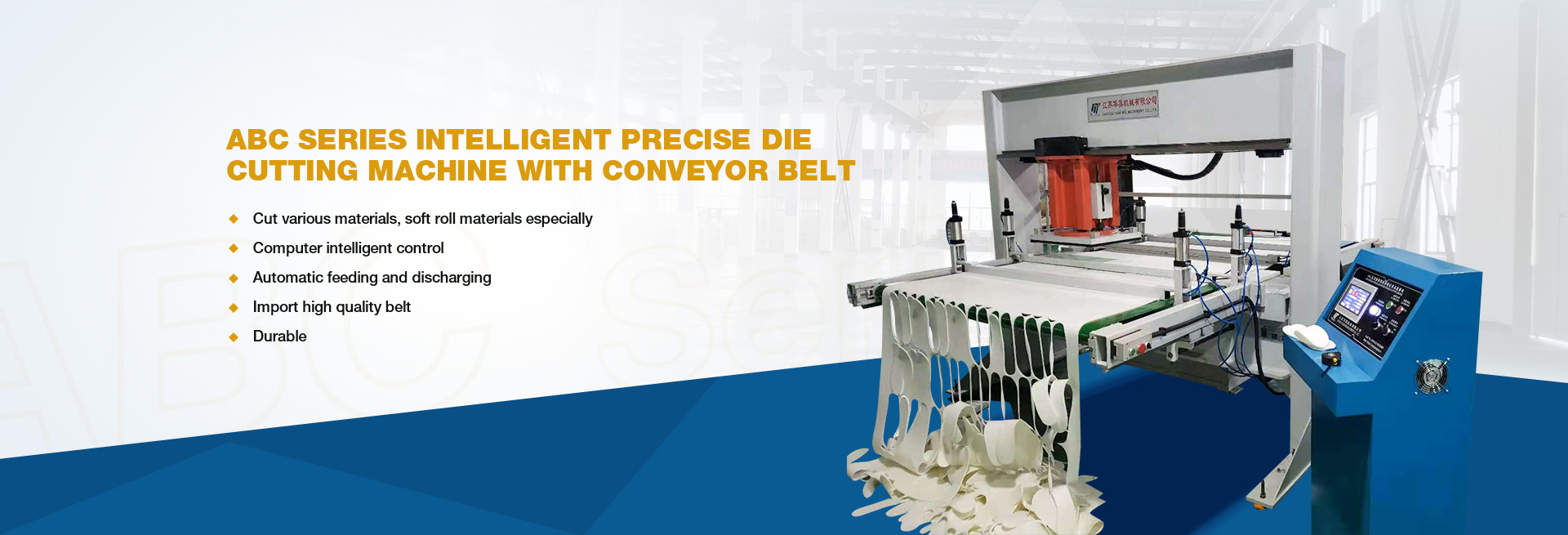1, the hardness of the pad is not enough due to the improvement of work efficiency, the number of the pad cut more, the replacement speed of the pad faster. Some customers use low-hardness pads to save costs. The pad does not have enough strength to offset the large cutting force, so that the material can not be simply cut, and then produce rough edges. It is recommended to use higher hardness pads such as nylon, electric wood.
2. Too many cuts at the same position Due to the high feeding accuracy of the automatic cutting machine, the knife mold is often cut in the same position, so that the cutting amount of the pad at the same position is too large. If the cut material is soft, the material will be squeezed into the cut seam along with the knife mold, resulting in trimming or cutting. It is recommended to replace the pad plate or add the pad micro-moving device in time.
3, the machine pressure is unstable automatic cutting machine frequency is very high, easy to cause oil temperature rise. The viscosity of the hydraulic oil becomes lower as the temperature increases, and the hydraulic oil becomes thin. Thin hydraulic oil can cause insufficient pressure, resulting in sometimes smooth material cutting edges and sometimes hairy material cutting edges. It is recommended to add more hydraulic oil or increase oil temperature reduction devices such as air cooler or water cooler.
4, the knife die blunt or wrong selection of the frequency of automatic cutting machine is very high, the use of the knife die is more than the ordinary precision four-column cutting machine, thus accelerating the aging of the knife die. After the knife mold becomes blunt, the cutting material is forcibly broken rather than cut off, resulting in hairy margins. If there are cut edges at the beginning, you need to consider the selection of the knife mold. Simply speaking, the sharper the knife mold, the better the cutting effect, and the less the chance of producing cut edges. A laser knife mode is recommended.
Post time: Jun-12-2024



